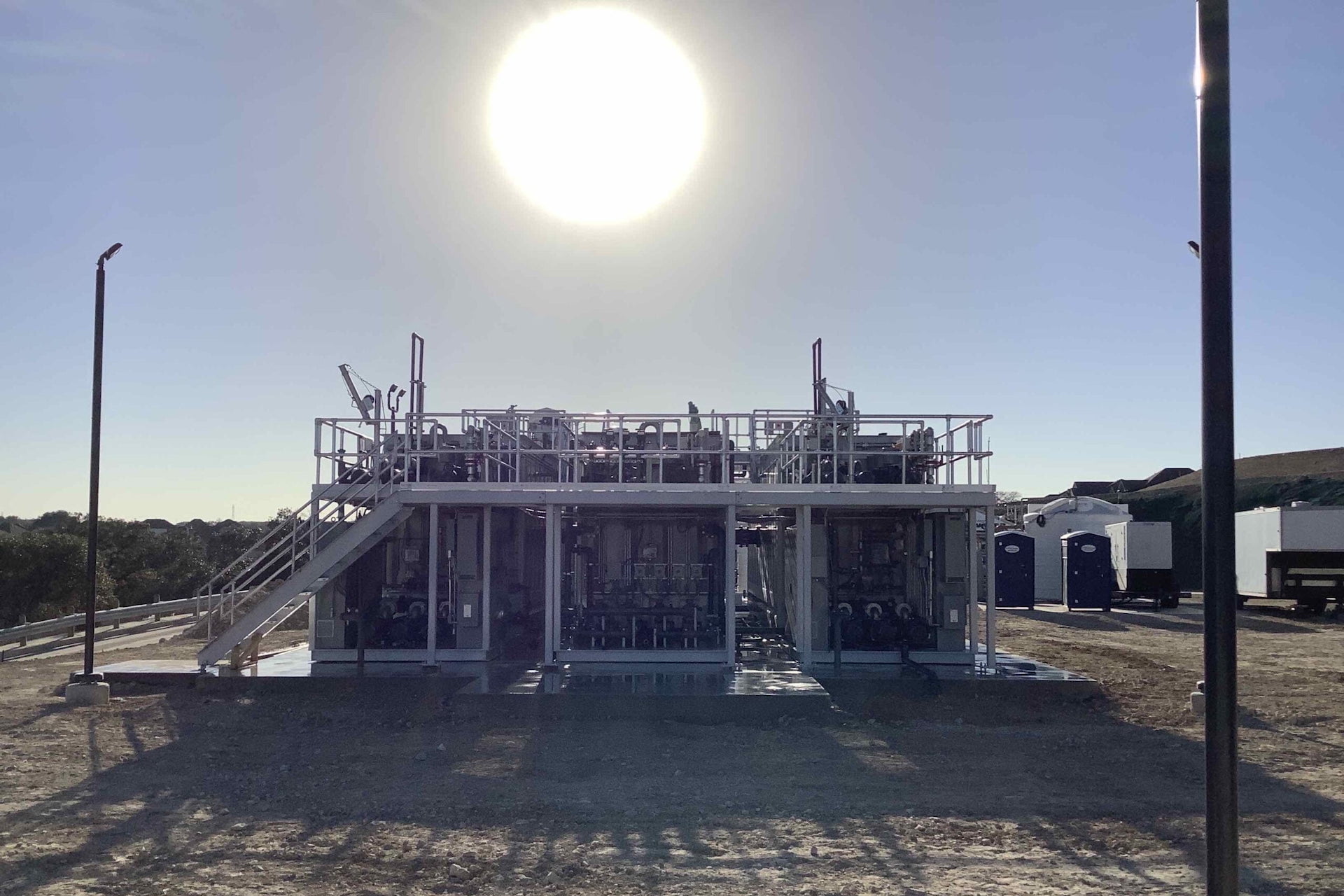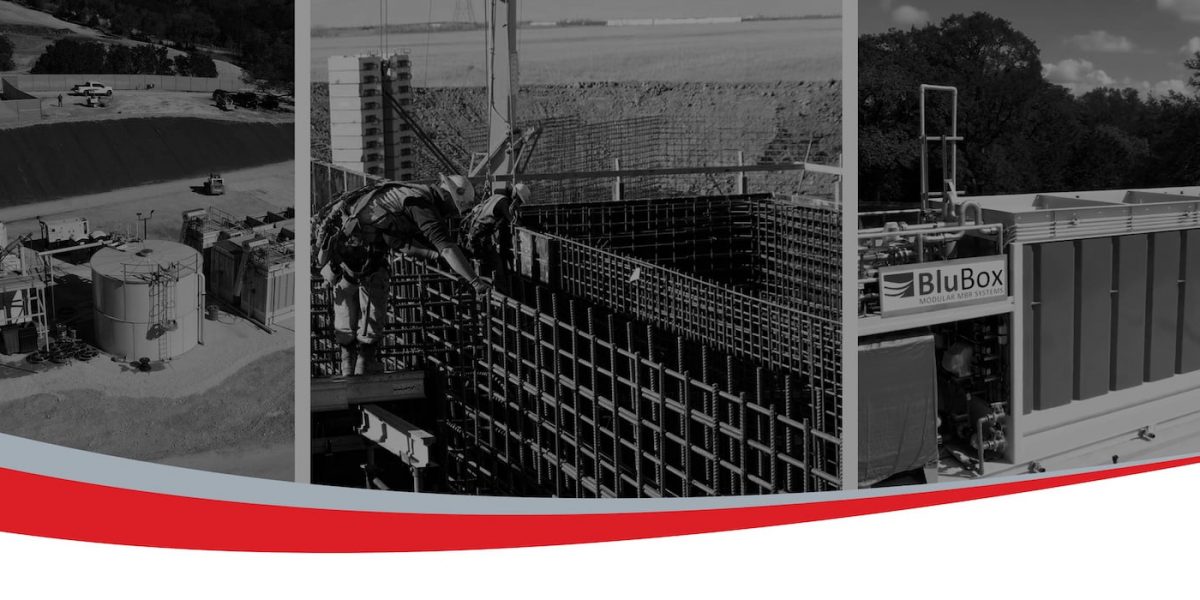As environmental regulations become increasingly more stringent, Membrane Bioreactor (MBR) technologies enable developers to treat wastewater streams to meet the strictest of permit regulations.
What is MBR Technology?
MBR is generally a term used to define wastewater treatment processes where a perm-selective membrane, microfiltration or ultrafiltration, is integrated with a biological process—specifically a suspended growth bioreactor.
Almost all commercial MBR processes available today use the membrane as a filter, rejecting the solid materials developed by the biological process, resulting in a clarified and disinfected product effluent.
How does it work?
MBRs combine conventional biological treatment or activated sludge processes with membrane filtration to provide an advanced level of organic and suspended solids removal. It is the combination of a membrane process like microfiltration or ultrafiltration with a suspended growth bioreactor that is now widely used for municipal and industrial wastewater treatment.
MBRs are essentially a version of the conventional activated sludge (CAS) system: this process uses a secondary clarifier or settlement tank for solid/liquid separation. An MBR uses a membrane for this function, which provides several advantages relating to process control and product water quality.
As with a conventional biological wastewater treatment process, an MBR is a combination of tanks, pipework, pumps and blowers. The addition of the membrane differentiates it from classical “polishing” processes where the membrane is employed as a discrete tertiary treatment step with no return of the active biomass to the biological process.
What does a MBR Treatment Plant look like?
In general, MBR systems are comprised of similar components, scaled to match the intended flowrate of the facility.
Treatment systems have:
- Headworks Screen – Removes larger items that clog or disrupt the treatment process.
- Equalization Tank – Normalizes the otherwise inconsistent flowrate of a service area.
- Treatment Basin – Has zones for anoxic and anerobic processing, houses membrane filter.
- Sludge Processing – Holding tank for biological processes and dumpster for landfill.
- Effluent Discharge – Chemical Contact tanks, re-use storage tanks, and/or discharge pumps.
MMBR plants with BluBox technologies are becoming an increasingly popular alternative, amongst private communities and municipalities alike. BluBox has designed and constructed for plants with all of the major membrane technologies.
MMBR provides clients with a customized solution, based on:
- Flow rates and nutrient loading
- Phasing of future development
- Local and State regulations
- Existing site conditions
- Anticipated treated effluent limits
- Estimated cost of construction






